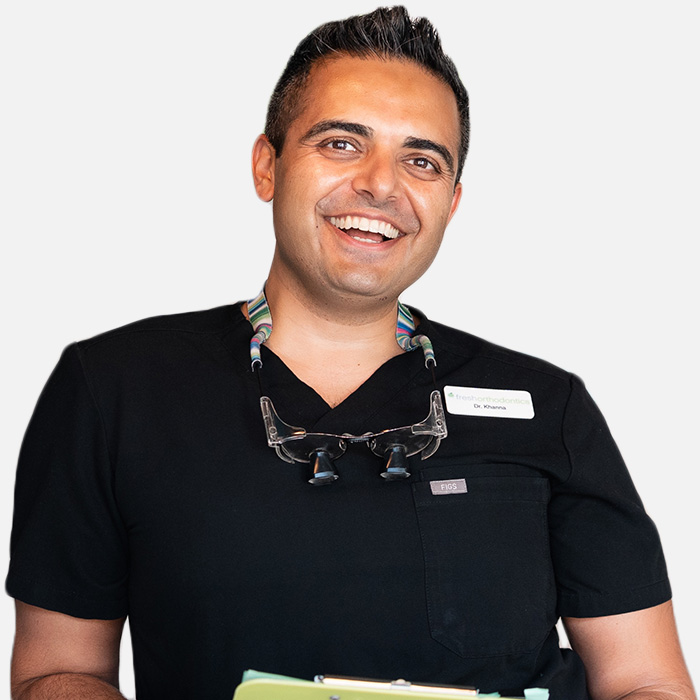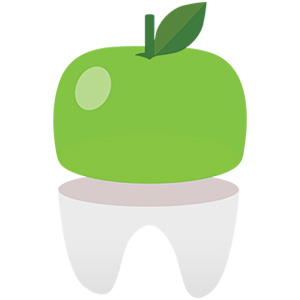I know some of our Park Slope Invisalign and braces patients have been wondering why we’re closed except for emergency appointments during the coronavirus pandemic. Well, we followed guidance from a number of health and government officials that stated orthodontists and other dental professionals should close their doors to all elective procedures for the safety of the patients, the team, the doctor, and the community as a whole. As a healthcare professional, it’s my responsibility to do my part to help flatten the curve.
What’s Considered an Elective Procedure?
In normal life, it might not feel like orthodontic treatment is really an elective procedure if you have serious malocclusion. However, elective procedures are defined as any procedure that does not involve treating a medical emergency to preserve life. So, for the most part, orthodontic care is elective.
Why are Orthodontic Appointments Dangerous During the COVID-19 Outbreak?
There are a number of reasons why we had to close the office. First, people can have the coronavirus and be asymptomatic, but shedding the virus. People are actually most contagious during the early days of the infection when they’re not at their sickest and might not know that they’ve been exposed. This means other patients and our team members are exposed. They then go home to their families and expose them or stop at the store for groceries, exposing even more people. This is how cases multiply and hospitals become overwhelmed.
Additionally, the major concern when it comes to dentistry or orthodontics is about aerosols. Coronavirus can spread through respiratory droplets. Procedures like debonding (removing braces) and cleaning the teeth after can produce aerosols that contain biological material, making it risky at the current time. Like we said, a patient may not even know they have COVID-19 or be showing any symptoms. That’s why we can’t necessarily screen patients and check them for a fever before a procedure and be 100% certain that they’re not infected.
What is Considered an Orthodontic Emergency?
Emergency orthodontic care, according to the guidelines from the American Association of Orthodontists, is care that “will relieve pain and/or infection, is trauma related, or is critically necessary to prevent harm to the patient.” In the case of a true orthodontic emergency, which is rare, I would open the office just for you and you’d be asked to come in alone (or with one parent or guardian for the kiddos). I’d wear proper protective gear and take all of the recommended precautions. At our office, we already follow and exceed the recommended standards for sanitizing equipment. These steps would greatly reduce the chance that either of us become infected and, in turn, inadvertently infect others.
How Can I Avoid an Orthodontic Emergency?
The safest thing for everyone involved is to try to avoid orthodontic emergencies altogether so that you don’t have to leave your home or have any orthodontic or dental work done until the situation stabilizes. I know, I know, you’re a pro at caring for your braces and aligners but here’s a little refresher anyway:
- If you have braces, stay away from any really hard, chewy or sticky foods, including nuts, chips, hard rolls and bagels, taffy, caramel, hard candy, etc. Cut or break everything into bite-sized pieces, and take corn off the cob and meat off the bone. Chew with your back teeth and don’t tear at food with your front teeth. This will ensure you don’t accidentally damage your appliance. If you have clear aligners, while you don’t have food restrictions, you will need to take your aligners out before eating or drinking anything aside from plain water.
- Try to limit super sugary foods and drinks that can lead to tooth decay or things that can get caught between your braces and cause inflammation like popcorn. Getting a painful cavity now is not ideal and if the inflammation were serious, it could be something that requires treatment.
- Fingers are always stronger than braces. Make sure to resist biting your nails or trying to pick food out of your braces. Oftentimes, fingers are the culprit for a broken bracket when all the food guidelines are being followed really well.
- Both clear aligners and braces patients will want to brush their teeth in the morning, after meals and snacks, and before bed. Be sure to floss once daily too.
- You can take care of a lot of issues at home. Visit our Life With Braces page to get the scoop on fixing broken brackets, poking wires, irritation and more.
- Keep on wearing your aligners, retainers and rubber bands as instructed and continue using your chewies to properly seat your aligners. Wash your hands thoroughly (sing “Happy Birthday” twice) using soap and water before and after handling retainers, aligners, rubber bands, etc.
- Take advantage of our virtual follow-up option for existing patients. If you have a problem or concern (or you just want to ensure your treatment is on track), you can check in with me online. You’ll fill in some information, share a few photos and then we’ll connect with you. For something like a poking wire, we can even help walk you through how to fix the issue. If you do require true emergency care, then I can get you in for a VIP appointment where you’re the only patient at the office.
I hope everyone is staying safe and finding reasons to smile every day! If you have questions or concerns, email us at hello@freshorthodontics.com, give us a call at (347) 708-9777, or schedule a virtual follow-up. If you’re not a patient, but want to learn more about perfecting your smile, we also offer virtual consultations. We’ll see everyone soon!













